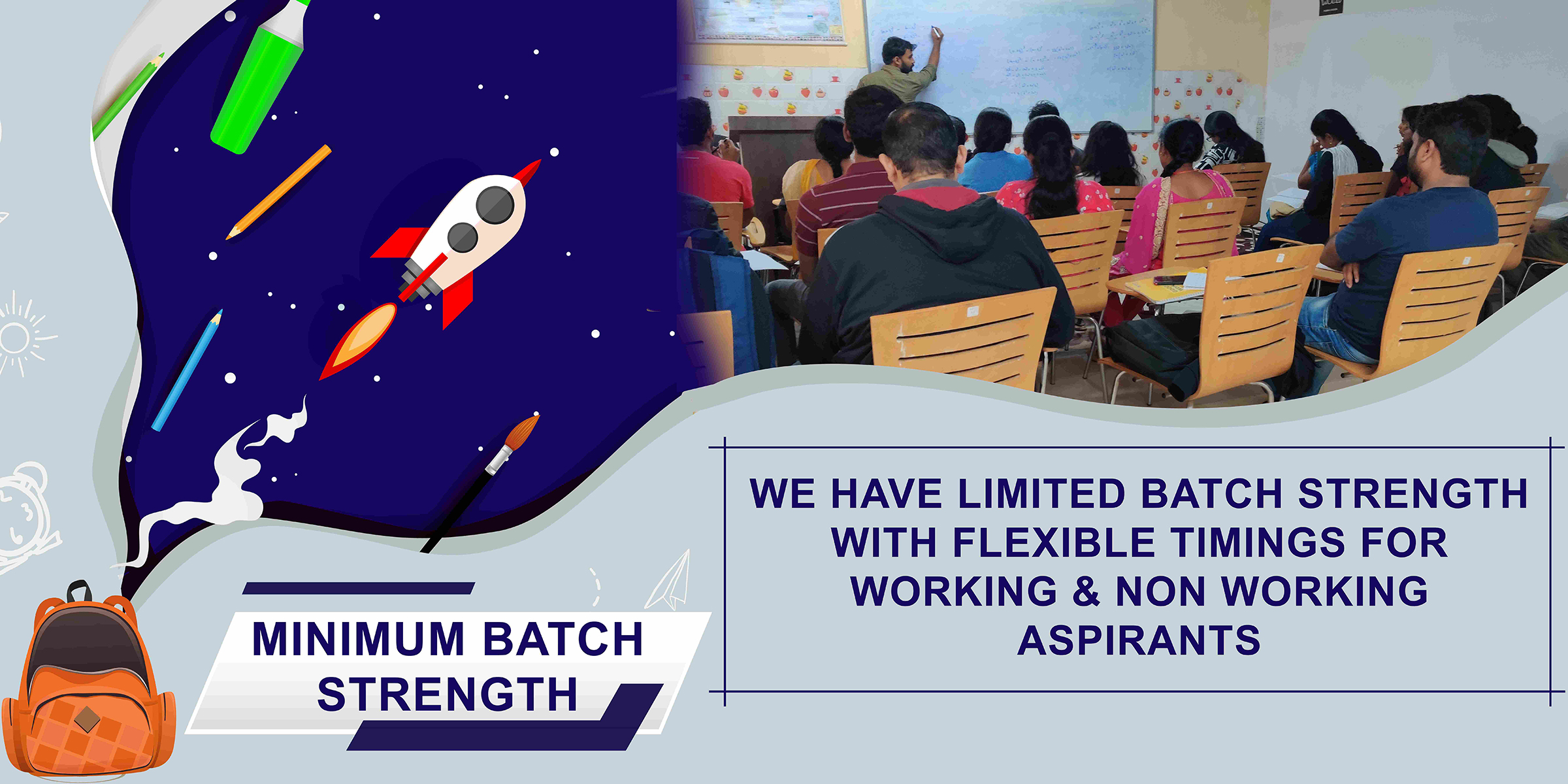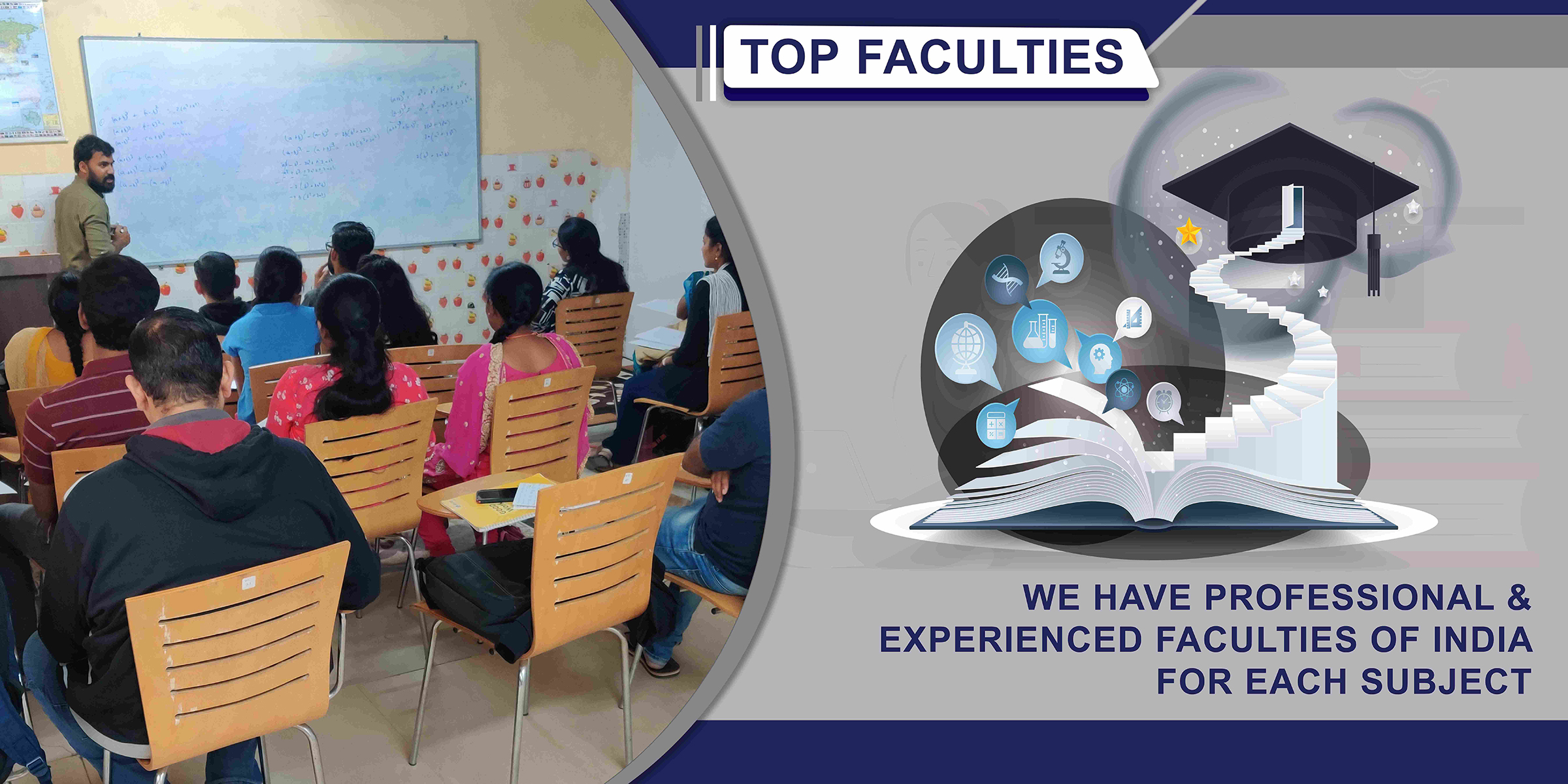- The Aryans were known as creators of the Vedic civilisation. The word Arya means “civilized one”.
- The Central Asian Theory of Max Mueller is a widely accepted theory of the origin of the Aryans.
- The language of the Aryans was Sanskrit.
- According to the Rig Veda, the early Aryans first settled in the “Sapta Sindhu” region or “the land of seven rivers, i.e. modern-day eastern Afghanistan, Punjab and western UP.
- In the Rig Vedic age, the prevailing form of government was monarchical.
- Early Vedic society was not entirely egalitarian.
- The warriors or Rajanyas, who fought the battles, naturally assumed more importance than the remaining members of the tribe.
- Gana, Vidatha, Sabha and Samiti are the names of the various tribal assemblies mentioned in the Rig Veda.
- Women participated in Samiti and Vidatha.
- Early Vedic society was tribal, with kinship determining social relations.
- Tribe (Jana) was formed of many clans.
- Kingship was not hereditary. The king was selected from the clans and he was the protector of the tribe.
- Naturally, the tribes fought over cattle.
- The tribes settled in villages, where the family or Kula was the basic social unit.
- A group of related families formed a grama.
- It was a patriarchal society. The successive higher units were grama (village), visa (clan) and jana (people)
Note: Prayer for son is quite frequent in the hymns of Rig Veda.
- Women were respected. They were educated and had access to the assemblies.
- Visvavara, Ghosha and Apala were some leading women of the Rig Vedic times.
- Women could choose their partners and marry late if they wished so.
- Marriage was usually monogamous but there were certain indications of polyandry and widow remarriage.
- The Niyoga system allowed a childless widow to marry the younger brother of her deceased husband for the sake of pregnancy.
- There are no examples of child marriage, and the marriageable age in the Rig Veda seems to have been 16 to 17.
- The three hymns or poems of the Rig Veda describe the great Battle of the Ten Kings in which Sudasa defeated a coalition of five Aryan tribes and five non-Aryan tribes on the bank of the river Parushni, the modern Ravi.
Note: The most powerful of these ten tribes was the Purus.
- The Aryans were a wild, turbulent people. They were much addicted to inebriating drinks, of which they had at least two, soma and sura.
- Soma was drunk at sacrifices and its use was sanctified by religion.
- Sura was purely secular.
- The first mention of the four Varnas (Brahman, Kshatriya, Vaishya, Sudra) is found in the Purush Sukta of the tenth Mandal of the Rig Veda.
- There were four stages (ashramas) in a man’s life: Brahmacharya (studentship), Grihastha (house-holder), Vanaprastha (recluse) and Sanyas (ascetic).
- The Rig Veda attached more importance to cattle wealth than agricultural produce.
- In the Rig Veda, a measure of time is called Godhuli, distance is gavyuti, and the daughter is duhitr (one who milks the cows), which indicates female participation in the productive process, while kinship units are called gotras.
Note: All these terms are derived from gau (cow).
- Cow was considered very important and a wealthy man was referred to as gomat (i.e. keeper of cattle). Cow was also called aghanya (not to be killed).
- The horse was almost as important as the cow.
- No other grains, apart from yava (barley) are mentioned.
- The Early Vedic people did not know the use of iron. They were familiar with copper.
- Pastoralism and shifting cultivation indicate that the people were in general nomadic or semi-nomadic.
- Indra was the most prominent God of the Rig Vedic people. Indra was also known as Purandar.
- The Early Vedic religion is also known as henotheism or kathenotheism — a belief in single god, each in turn standing out as the highest. It has also been described as the “worship of nature”.
- Saraswati was considered as the most important river in the Rig Vedic period.
- There were no temples and idols for worshipping. The main mode of prayer was chanting of mantras.
- Sacrifices were an essential part of religion and yajnas were performed to invoke the gods, to celebrate victories, and to acquire cattle.





